1.-Foot-pad dermatitis
Available in other languages:
Content available at:
Español (Spanish)
Technological advances in poultry production has led to, as unwanted side effects, diverse types of chicken carcass related problems. This is of great economic significance for poultry meat producers.
All carcass problems have, to a greater or lesser extent, components of genetic, health, management and nutritional origin. In this article, we will focus on nutrition’s impact, all the while recognizing that the solution is not only found in this domain, but in the collective effects of the aforementioned components.
The problems discussed here are considered to be of utmost relevance, based on the experience acquired during visits to Spanish slaughterhouses in recent years:
1.-Foot-pad dermatitis
Foot pad dermatitis is a multifactorial problem in the poultry industry, and is of great economic importance (sale of legs and animal welfare criteria that directly affects the maximum densities in kg/m2 usable on the farm). The factors that influence the humidity of the litter, especially those related to management, must be controlled:
Among the Nutritional factors that can limit litter humidity, it would be necessary to consider:
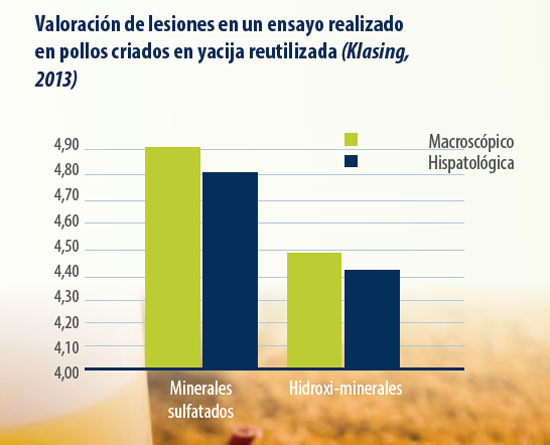
Skin Resistance
The presence of scratches, scabs and tears in the skin after going through the scalding and plucking process is another important reason for carcass collection in slaughterhouses. Anything that causes a certain nervousness will lead to more problems. Notable management factors to consider are:
Subscribe now to the poultry technical magazine
AUTHORS
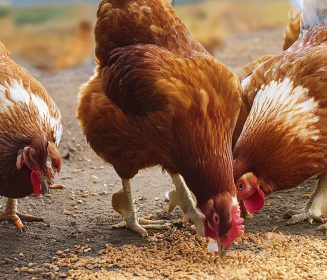
Layer Longevity Starts at Rearing
H&N Technical Team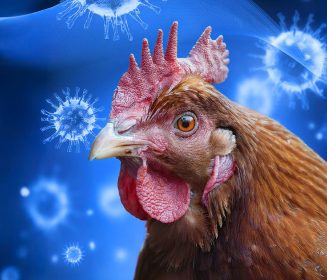
The Strategy for a Proper Infectious Bronchitis Control
Ceva Technical Team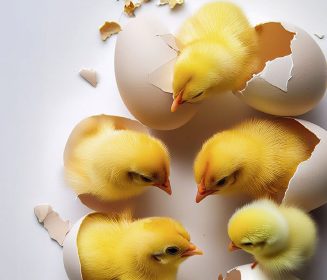
Elevate Hatchery Performance with Petersime’s New Data-Driven Incubation Support Service
Petersime Technical Team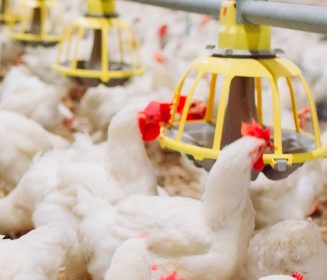
Maize and Soybean Meal Demand and Supply Situation in Indian Poultry Industry
Ricky Thaper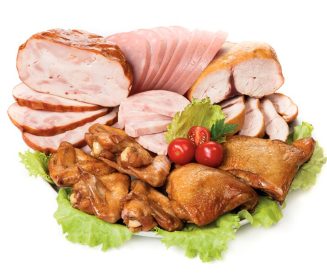
Production of Formed Injected Smoked Chicken Ham
Leonardo Ortiz Escoto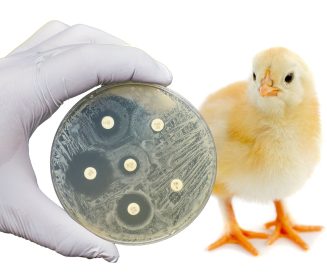
Antimicrobial Resistance in the Poultry Food Chain and Novel Strategies of Bacterial Control
Edgar O. Oviedo-Rondón
GREG TYLER INTERVIEW
Greg Tyler
Insights from the Inaugural US-RSPE Framework Report
Elena Myhre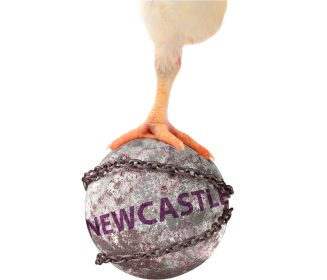
Newcastle Disease: Knowing the Virus Better to Make the Best Control Decisions. Part II
Eliana Icochea D’Arrigo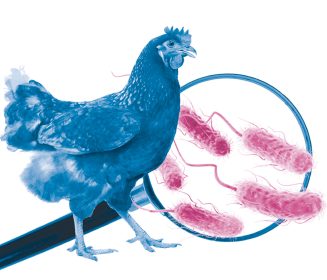
Avian Pathogenic E. coli (APEC): Serotypes and Virulence
Cecilia Rosario Cortés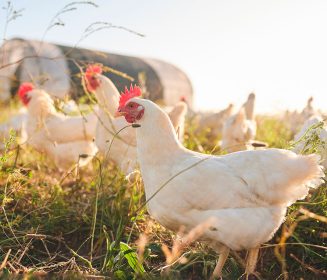
The Importance of Staff Training on Animal Welfare Issues in Poultry Industry
M. Verónica Jiménez Grez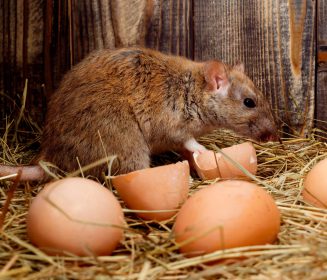
Rodent Control is a Key Factor in Poultry Biosecurity and Sustainability
Edgar O. Oviedo-Rondón